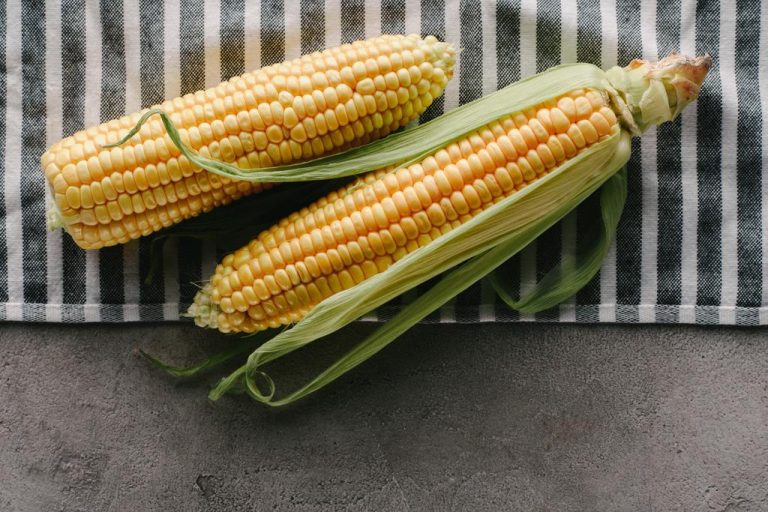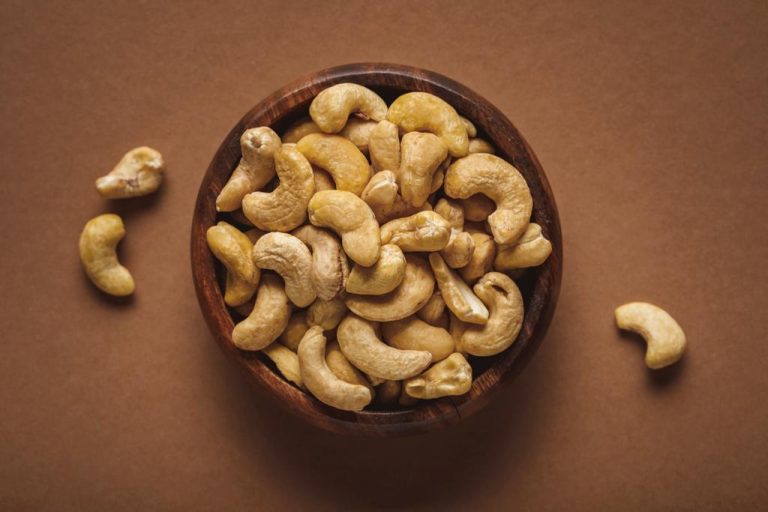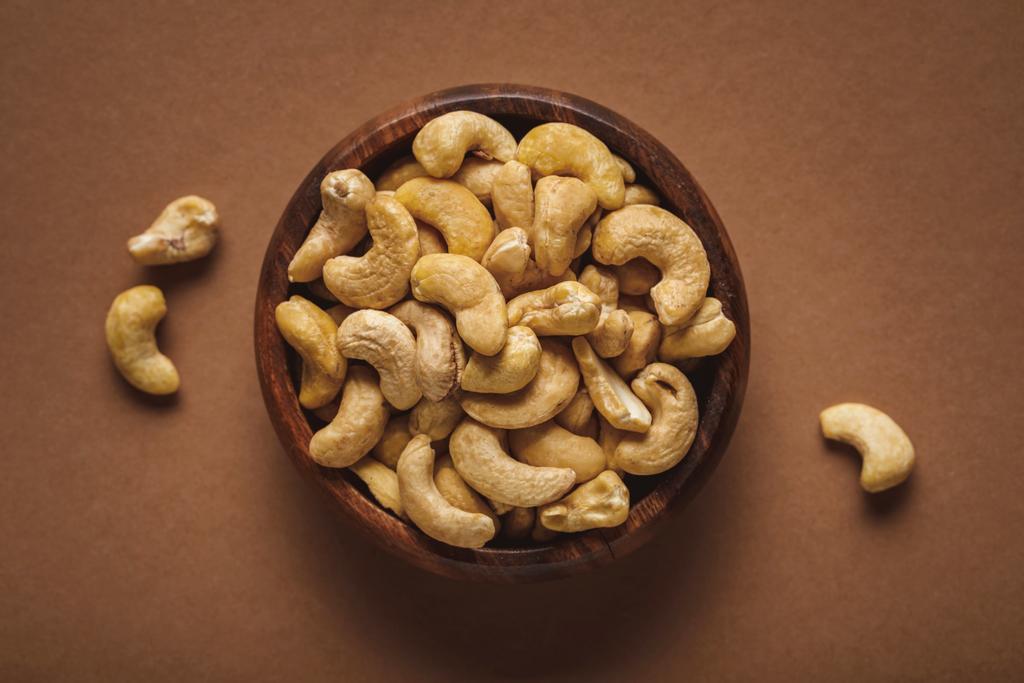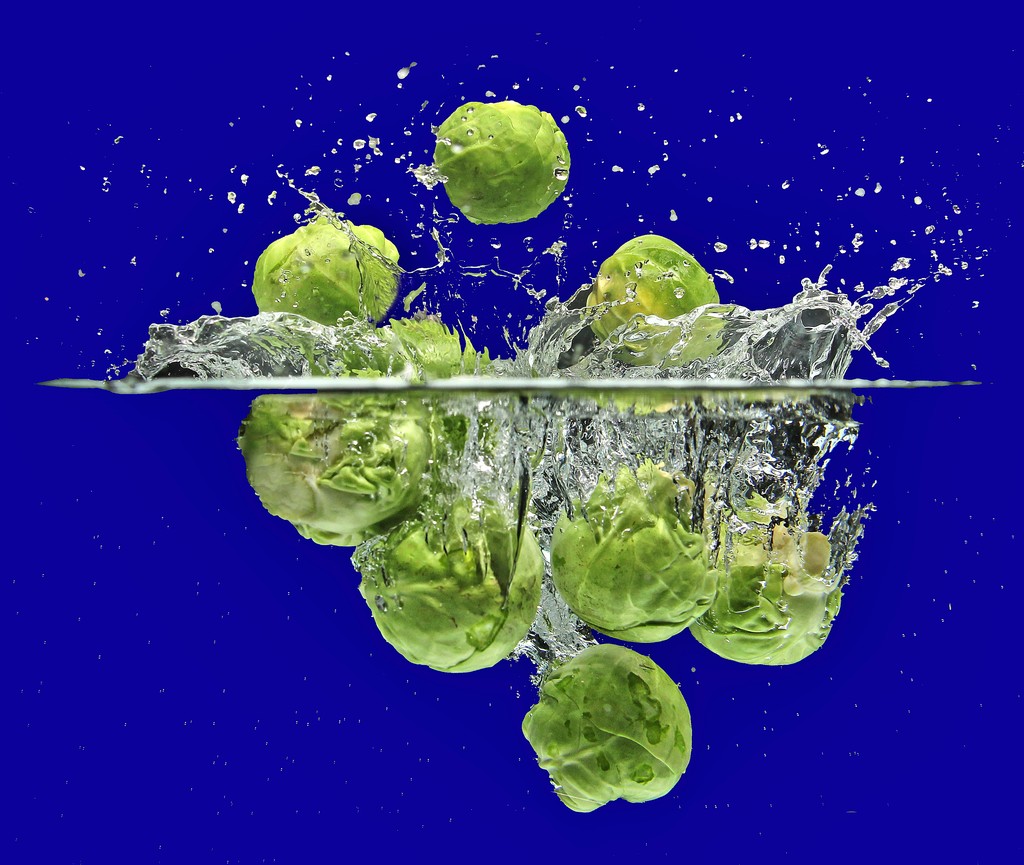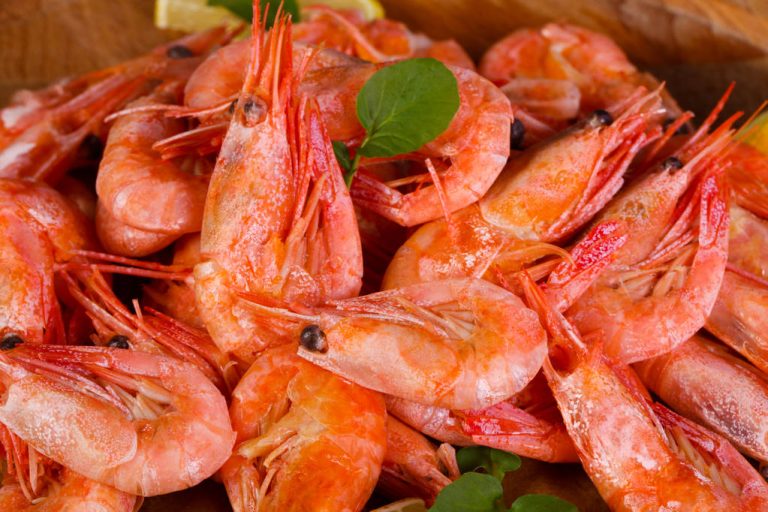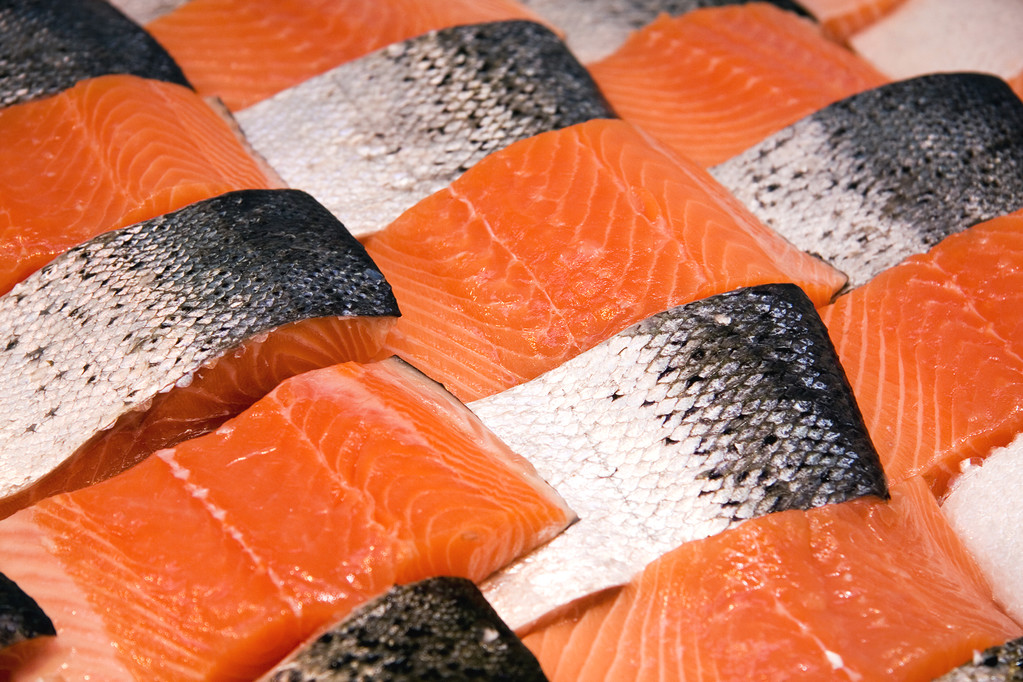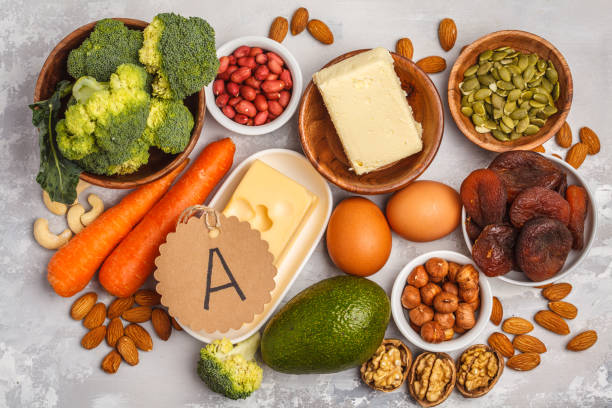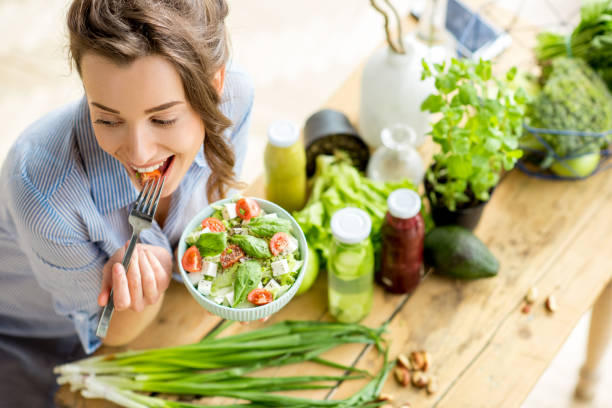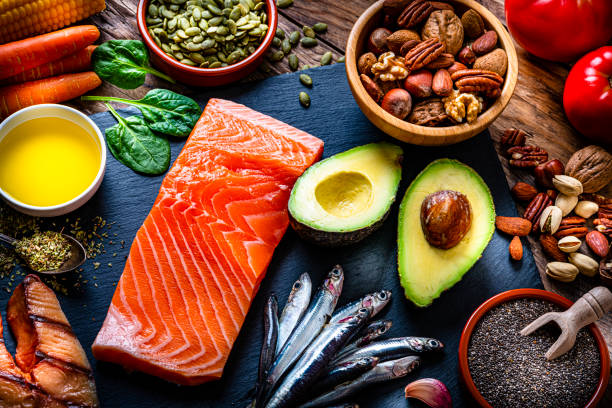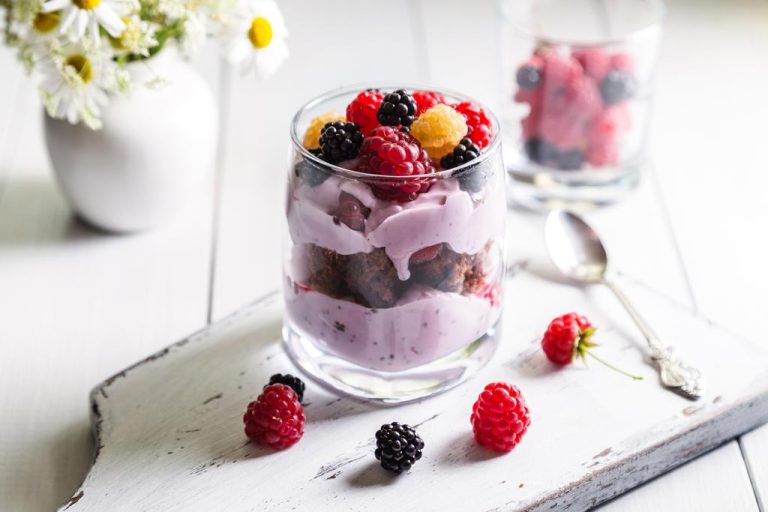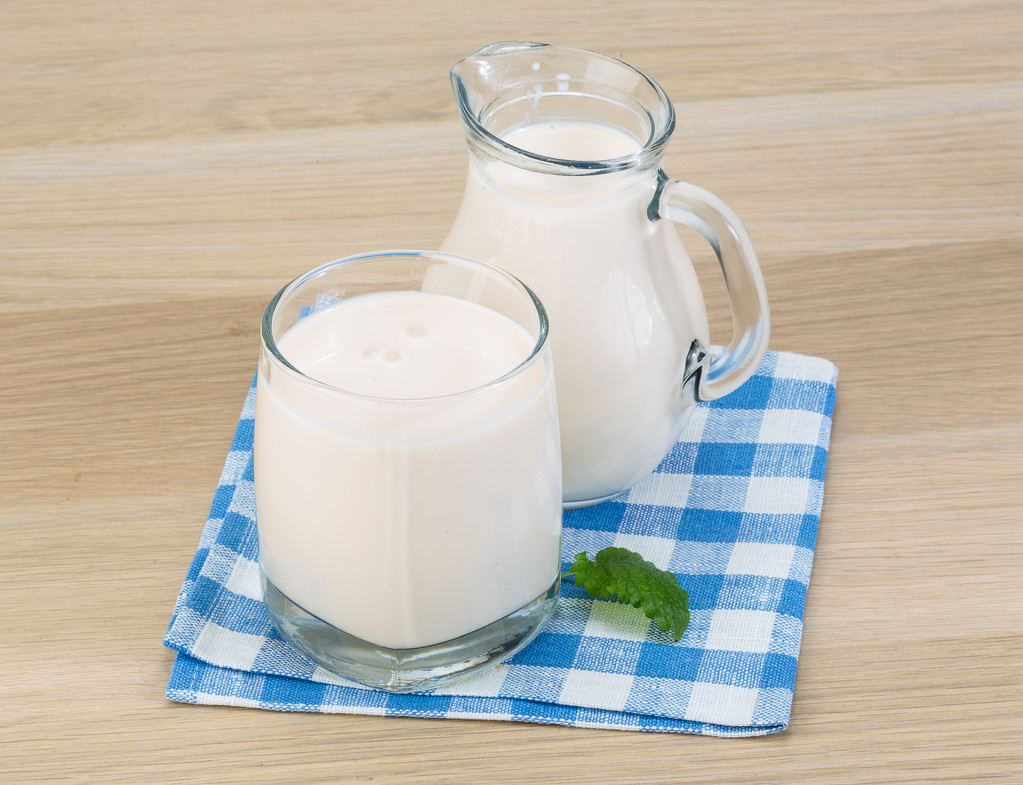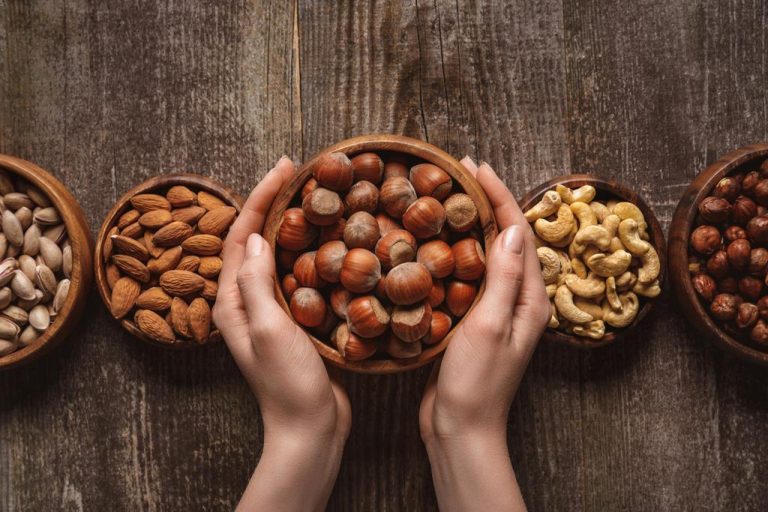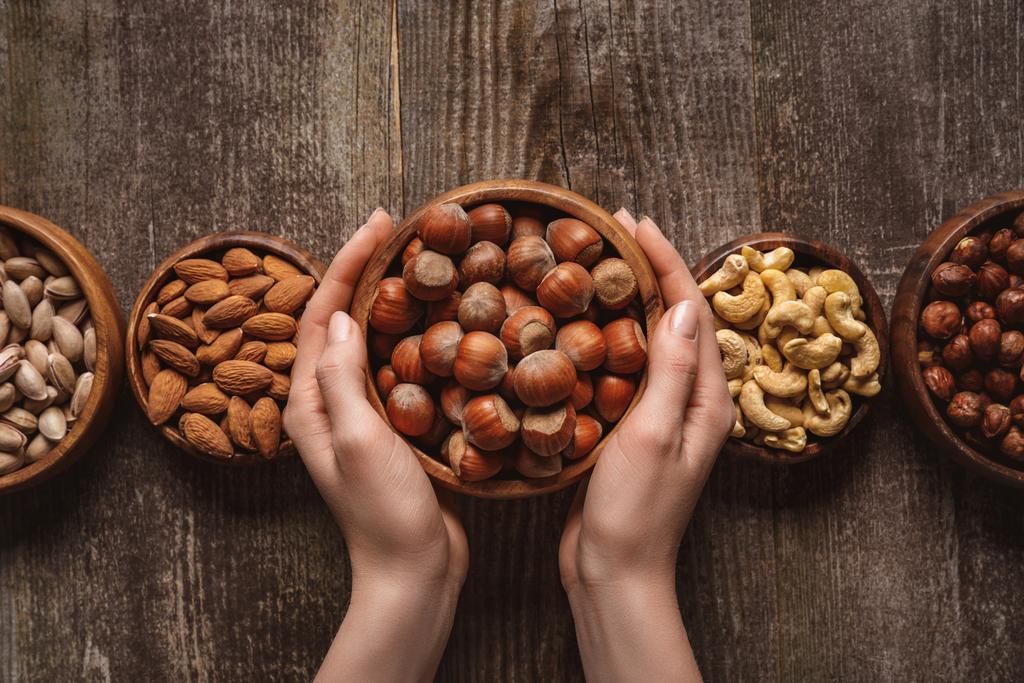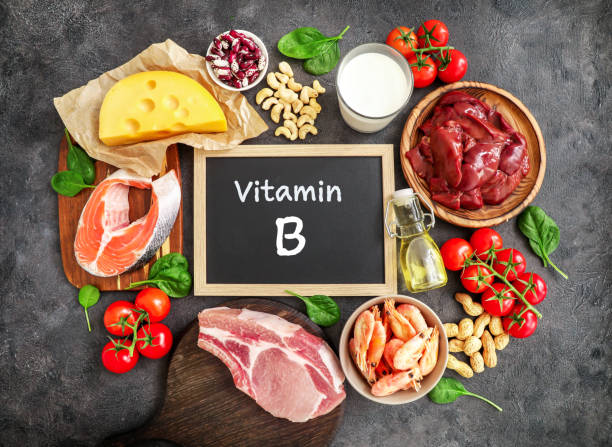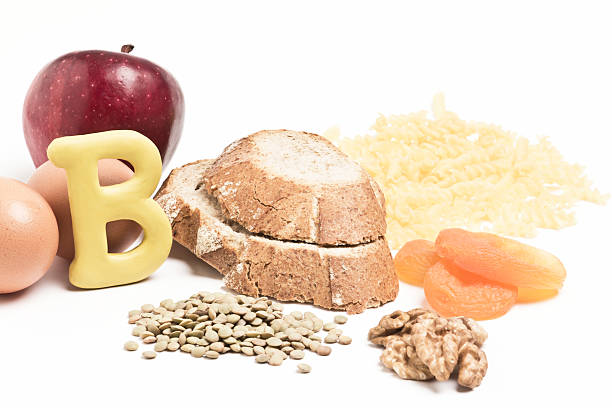A gluten-free diet is a challenge. But once you know what to eat, it gets a little easier. Find out here which foods are gluten-free and what you should pay attention to.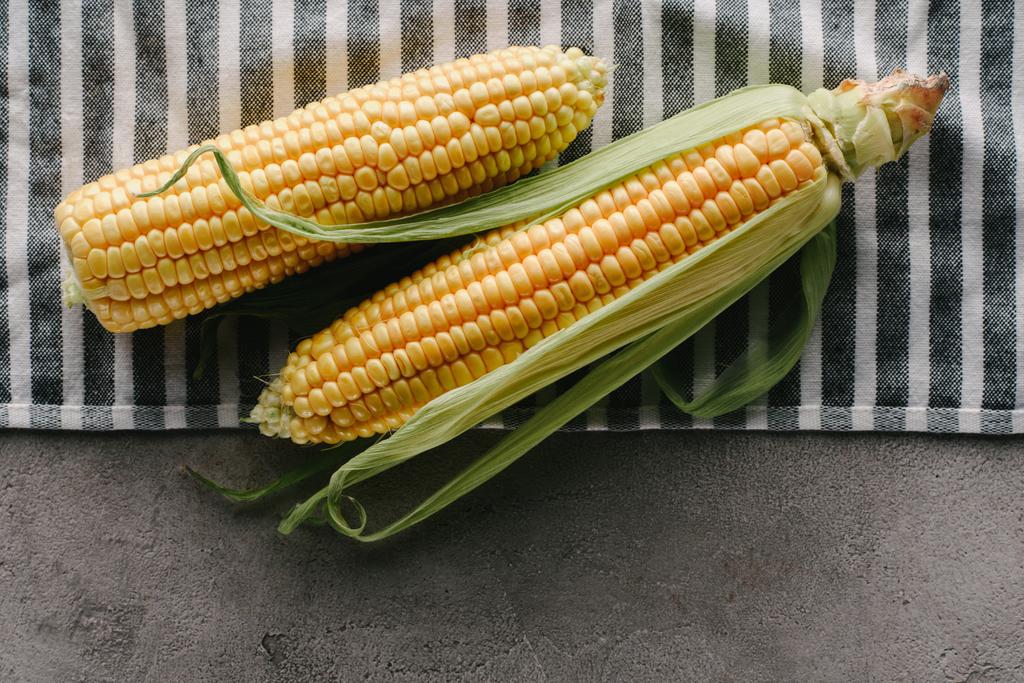
Gluten-free foods: important for proper nutrition in the case of gluten intolerance
Regardless of whether you have celiac disease, wheat sensitivity or a wheat allergy: if gluten is not good for the body due to a genetically pre-programmed gluten intolerance, your diet must be changed. For this reason, you should pay attention to gluten-free foods so that you don’t have to struggle with symptoms such as vomiting, significant digestive problems or even an allergic shock.
Gluten is a protein found in grains that holds the resulting baked goods together. That is why it is also called glue protein. However, this glue also works in the intestine, where it “glues” the intestinal villi.
Gluten free cereals and baked goods
If you have to or want to eat a gluten-free diet, it doesn’t mean you can never eat grain products or baked goods again. There are definitely alternatives to gluten-containing wheat, spelt, rye, unripe spelt and barley. Where the market was not very productive a few years ago, you can now find a lot of gluten-free baked goods based on millet, rice, corn or buckwheat flour.
You can use and eat these gluten-free cereals without hesitation:
rice
Corn
buckwheat
millet
Oats (note the “gluten-free” note here to rule out gluten contamination)
quinoa
amaranth
Teff, also called dwarf millet
locust bean gum
guar gum
Caution: It should be guaranteed that the types of grain mentioned have not come into contact with grain containing gluten during processing.
Fruit and vegetables are gluten free
Unprocessed fresh vegetables and fruits are always gluten-free. It only becomes a concern during and after processing. It is therefore advisable to always cook freshly and yourself. It is best to pay attention to the regionality and season of the fruits and vegetables. In addition to cooking with fresh vegetables, there is also the option of making flour from roots and tubers such as potatoes or cassava (also called tapioca or yucca). This can be further processed in baked goods.
legumes and nuts
Legumes are gluten free. That is why flour made from legumes is a good alternative and, above all, a good binding agent when baking. In addition, flours made from legumes such as peas, chickpeas, soy and Co. contain a lot of protein, which is good for a low-carb diet. Pasta made from red lentils or peas is also an alternative to pasta.
In addition to legumes, you can also snack on nuts or seeds without hesitation. But be careful with candied or roasted nuts, as these are often processed with flour. In addition, gluten residues from the factory can also be found in nut mixtures such as trail mix.
As with legumes, nuts can also be used to make delicious flour that can be used in gluten-free cuisine. In summary, you can use these flour alternatives:
coconut flour
Any nut flour
Flour from legumes
Dairy products: Not all are gluten-free!
dairy products like
Cheese in its natural form
milk
Quark
Natural yoghurt
buttermilk
butter
cream and sour cream
are gluten free. But also in the area of dairy products, the motto is: keep your eyes open when buying processed products such as fruit yoghurt, processed cheese, Harz cheese, light products, spray cream or products with added flavorings. Here, gluten-containing ingredients are often used in production.
Gluten-free drinks: be careful with alcohol
Gluten hides in many products that you never thought contained gluten. With beer, which consists of grain, it is obvious. With vodka, for example, which is made from potatoes, it is not clear at first glance. The problem is that while many of these supposedly gluten-free alcohols are derived from gluten-free raw materials, they’re often cut with wheat.
You should also be careful with coffee, tea, cocoa (note the key word here: barley malt extract) and mixed drinks. Here you should always pay attention to a gluten-free declaration.
These alcoholic drinks are gluten-free:
Wine
gin
fruit brandies
Gluten-free beer e.g. from Lammsbräu
Ouzo and Raki
tequila
sparkling wine and champagne
With cognac, rum, bourbon and whiskey there is always a residual risk of possible gluten content due to the cask storage. It is not 100 percent certain that the distillation process will completely remove gluten.
Soft drinks:
Juice (be careful with juices containing fiber!)
water
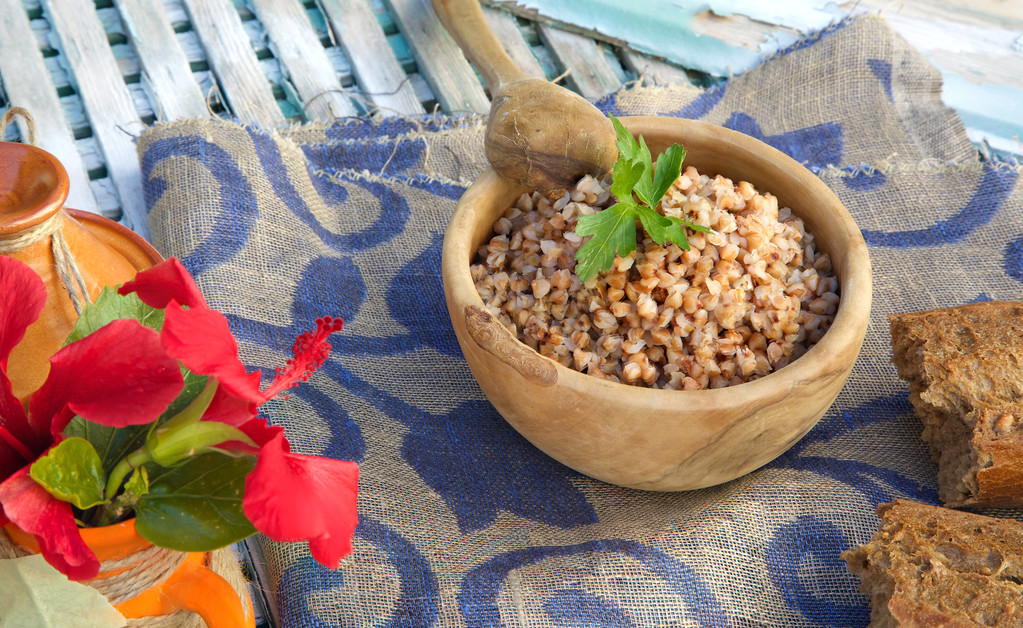
Guaranteed gluten-free: It depends on the processing conditions
The products and foods mentioned in this article should nevertheless be checked carefully before consumption, because there is no guarantee without a serious declaration. Any gluten-free food could be contaminated with gluten through its processing, packaging or transport.
Pay particular attention to the “gluten-free” labeling of processed products such as drinks and ready meals. You are on the safe side if you cook freshly yourself.

